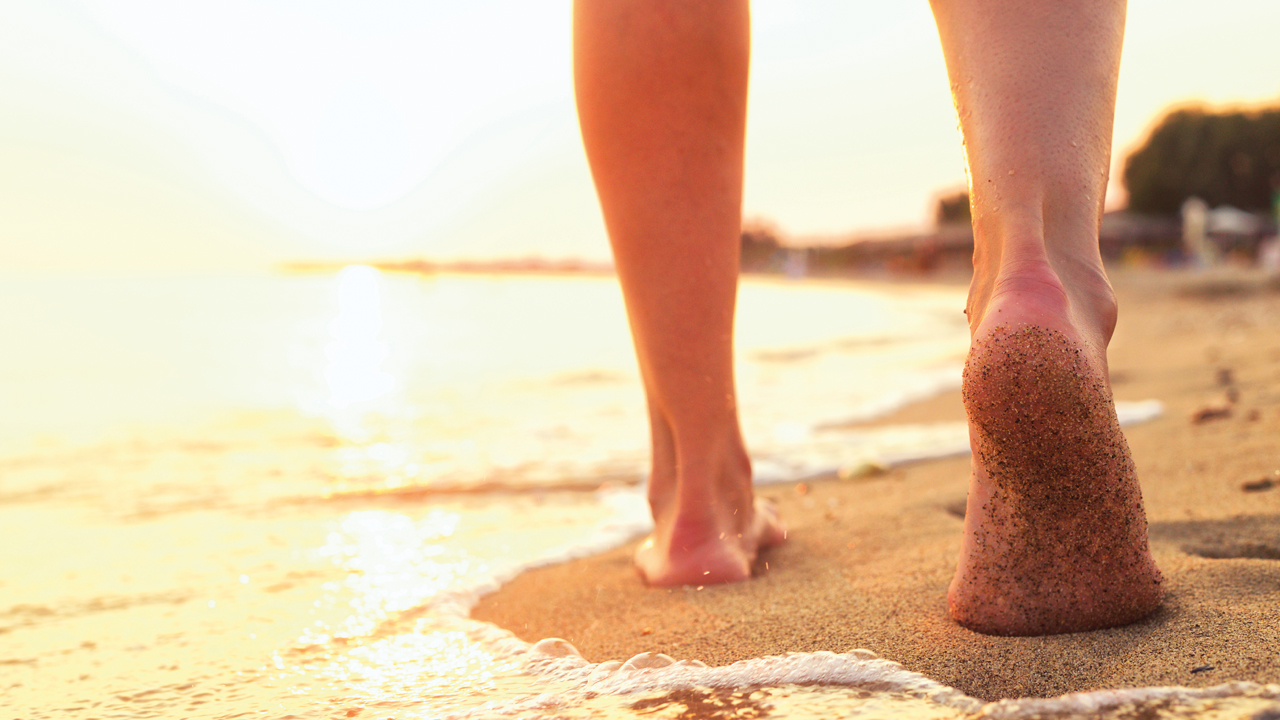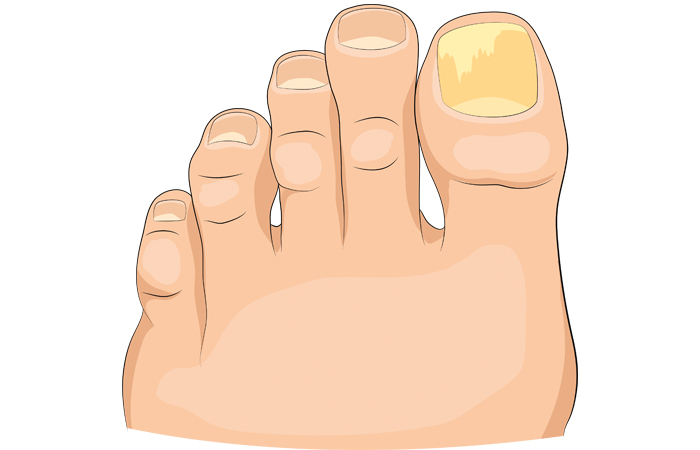In Conditions
Follow this topic
Bookmark
Record learning outcomes
Feet need special attention to keep a variety of foot problems at bay, and with summer just around the corner pharmacy teams can advise on a whole range of conditions to support people with their foot health.
Some issues are easy to treat and clear up quickly, whereas others can be more serious and take longer to deal with. It’s especially important to make sure that customers with diabetes, or immune or circulatory system illnesses, take care of any infections immediately.
Common foot problems seen in pharmacy
Blisters are the skin’s way of protecting itself from excessive heat, moisture and friction. Though painful, most heal on their own unless they become infected. Customers with a blister oozing blood or yellow liquid should be directed to the pharmacist as this indicates infection. Customers with diabetes need to be especially vigilant when checking for blisters, as foot injuries take longer to heal due to their poorer blood circulation.
Blisters can be prevented by covering tender spots with a friction-resistant dressing or plaster. If they do occur there are specialist blister plasters available which claim to aid rapid healing by absorbing the fluid, protecting skin from bacteria and helping relieve the pain of friction and pressure.
Athlete’s foot is characterised by the scaly, cracked and itchy skin – mostly between the toes – and is commonly caught in high-traffic areas where people have bare feet, such as showers and public swimming pools.
It can be avoided by wearing flipflops in these areas and avoiding sharing towels or shoes with anyone with the condition. OTC products which can help include anti-fungal treatments, although some may contain steroids which should not be used by young children or pregnant and nursing mothers without first talking to their GP. People with athlete’s foot should treat it as soon as possible to prevent other problems such as fungal nail infections.
Verrucas are warts growing up into the soles of the feet, with a black dot in the centre surrounded by a harder, white area. It is common to have more than one at a time, and they can become more painful the longer they are left.
Up to 80 per cent resolve themselves within about two years. Over the counter (OTC) treatments can treat them much faster, however customers should use these with care because they are tissue destructive.
Many contain salicylic acid which breaks down the verruca, so should not be applied to healthy skin. Petroleum jelly or surgical tape can be used to shield healthy skin when applying treatment. Cryotherapy treatments which freeze the verruca are also available over the counter, but again all healthy tissue must be avoided. Customers who prefer not to treat the verruca themselves can be referred to a podiatrist, where stronger treatments may also be available.
Corns are small circles of thick skin that develop on the tops and sides of toes when exposed to excessive pressure or friction, such as from ill-fitting shoes.
Untreated corns will become painful unless the pressure that caused them is taken away, so varying footwear day to day will avoid continuous pressure patterns.
Wearing correctly fitting shoes should prevent the formation of corns, but if they do appear they can be treated using a medicated corn remover containing a salicylic acid paste base.
Plantar fasciitis is a common cause of pain on the bottom of the heel and occurs when the plantar fascia ligament that supports the arch of the foot becomes irritated and inflamed.
The most common symptoms of plantar fasciitis include pain in the sole of the foot by the heel, as well as pain after a period of rest or activity.
Most people experiencing plantar fasciitis will find the condition improves if they decrease or stop the activities that make the pain worse, and NSAIDs such as ibuprofen can reduce the pain. As plantar fasciitis is intensified by tight muscles in the feet and calves, stretching exercises for these muscles can also help.
If the condition continues, pharmacy teams can recommend the person sees their GP to discuss other treatment options such as cortisone injections or talk to a podiatrist about orthotics and more supportive footwear options.
Supportive choices
“Ensuring feet are sufficiently supported with the right footwear or insoles is essential to overall foot health”, says Janky Raja, Boots UK pharmacist, and there is plenty of advice that pharmacy teams can give elderly customers on this topic.
For starters, as most people’s feet are not exactly the same size, adding insoles or inserts can help shoes fit better – although they can absorb a lot of sweat so need to be changed regularly. For feet which are particularly unusual shapes or sizes, a podiatrist can arrange for bespoke inserts or orthotics to be made.
Next is the consideration of different types of shoes for different activities. Older people looking for shoes to wear while doing ordinary everyday activities may still need to take a few different options into consideration. For example, people with flexibility or dexterity issues may prefer shoes with Velcro, zip or elastic loop closures rather than laces, and it is still worth choosing a leather shoe from a quality brand rather than choosing a cheaper option which may not be as well made or supportive.
Customers with swollen feet or ankles, or those who need extra room in their shoes in order to fit orthotics could look for shoes with wider fittings or added depth to accommodate insoles, as well as adjustable fastenings.
Older people looking for specialist shoes for health and fitness activities may want to go to their nearest sports or running shop in order to get properly fitted for trainers or walking boots – particularly as these kinds of footwear can be expensive to buy, so mistakes in sizing or fit could end up being costly and uncomfortable.
As well as the right shoes for the right activity, decent quality socks are also essential to keep feet in tip top condition. Choosing socks in natural fabrics such as cotton, wool or silk blend will reduce feet overheating and sweating. When shopping for new shoes, customers should take the socks that will be worn with them along so both can be tried on together to check for fit and comfort.
Common toenail infections
“Feet shouldn't just be treated when they start to hurt or look unsightly”
Compression stockings
Compression stockings are specially designed to apply pressure to the lower legs, helping to maintain blood flow and reduce discomfort and swelling.
They may be prescribed by a GP for customers living with a condition that causes poor blood flow in their legs, such as:
- Varicose veins – swollen and enlarged veins
- Lymphoedema – when the body’s tissues swell up.
However, they are not suitable for everyone, and before they can be recommended the person will need to have a test called a Doppler study to check their blood circulation. The National Institute for Health and Care Excellence (NICE) only recommends using compression stockings as a long-term treatment for varicose veins if all other treatments are not suitable.
People with deep venous incompetence, which are blockages or problems with the valves in the deep veins in their legs, may need to wear compression stockings indefinitely, even if they have had surgery to treat some varicose veins.
Compression stockings come in a variety of different colours, lengths, sizes and pressures. Most people with varicose veins will be prescribed a class 1 light compression or class 2 medium compression stocking. Compression tights are not available on the NHS but can be bought from pharmacies so pharmacy teams should ensure they have a few options in stock.




